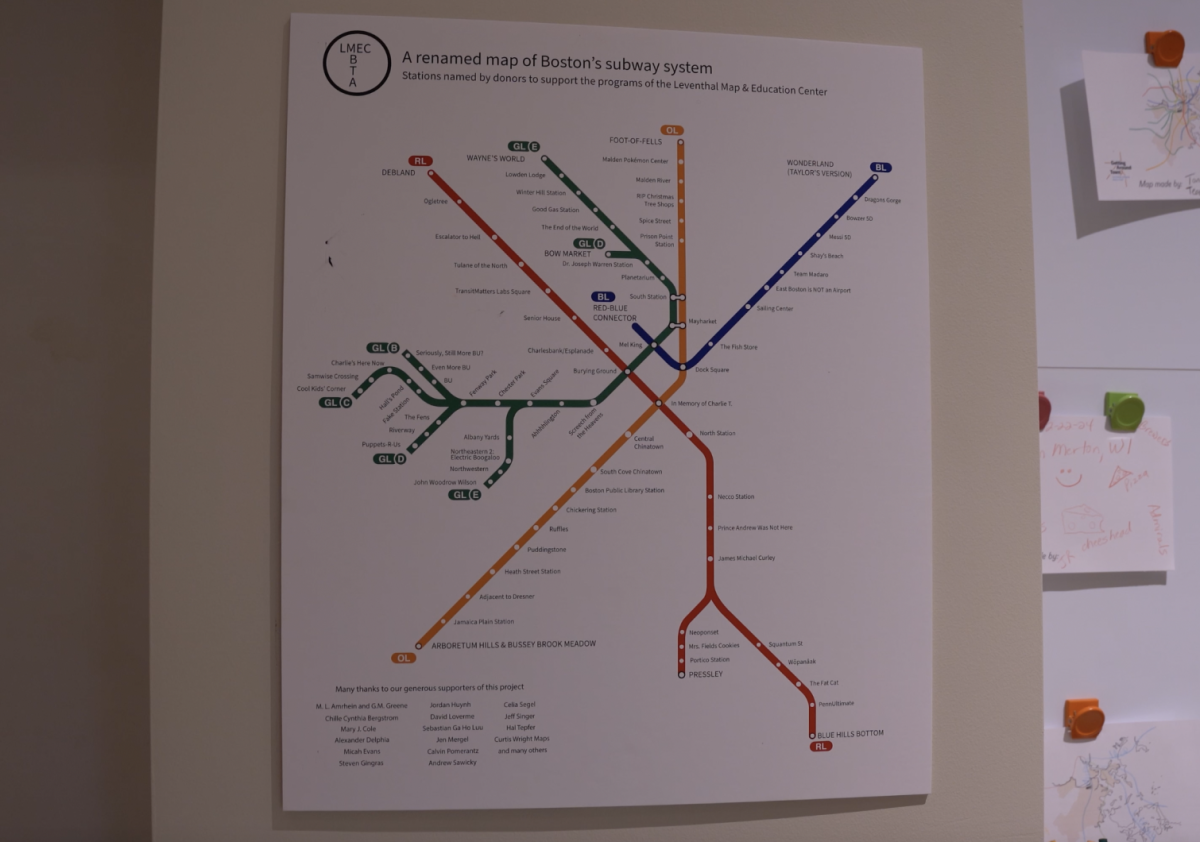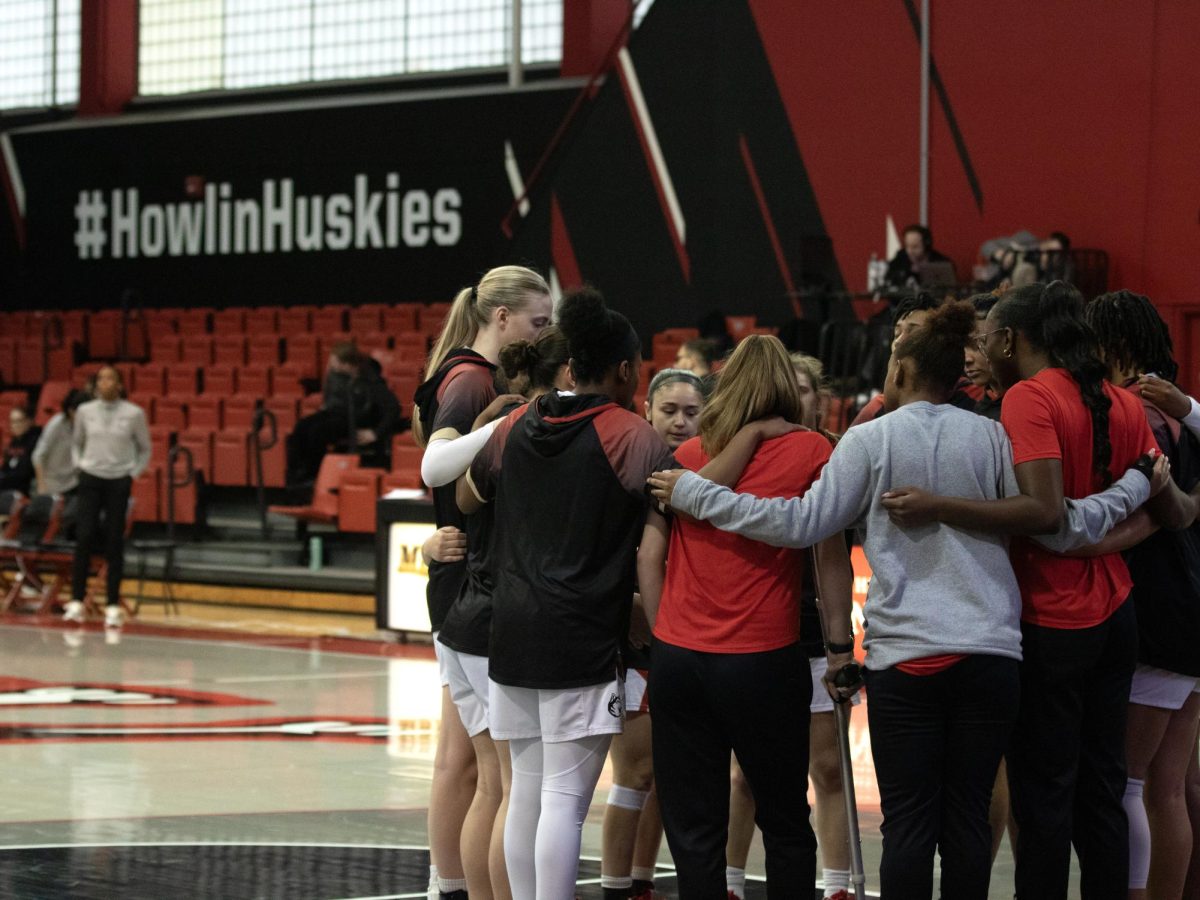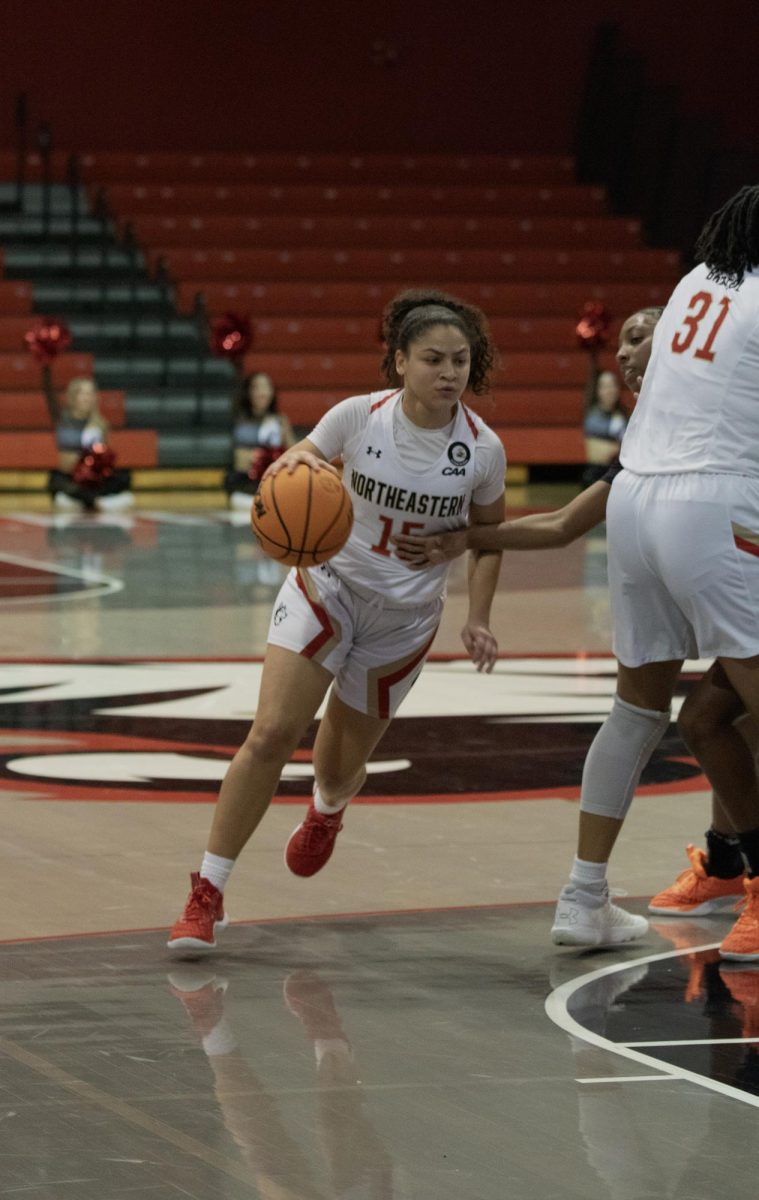By Caitlin Buck, News Correspondent
Juice diets and cleanses have become the new craze of fad diets. With fatty cafeteria meals and long lines in the dining halls, “juicing” is the new hot trend for busy students and workers everywhere.
Juicing entails extracting the juice from fruits and vegetables, such as carrots, apples and green leafy vegetables. It’s a great way get your vegetables without sitting down and eating them whole.
It is not just your average busy student or career woman partaking in the regimen; celebrities and health addicts have also caught on to the healthy trend. Brands like CoolerCleanse, whose co-founder is Salma Hayek, and other popular lines like BluePrintJuice and Naked Juice offer great meal substitutes and cleansing meal plans.
Natalie Dickinson, a sophomore communications major, said she got into juicing after watching “Fat, Sick, and Nearly Dead,” a documentary by Joe Cross about an overweight man who goes on a 60-day juice diet travelling across the country. It was also the encouragement of Dickinson’s friends that contributed to her now habitual juice every morning.
“You wouldn’t eat that many vegetables in one day,” Dickinson said when asked why she chose to juice. Dickinson, an employee of a Back Bay juice shop, Juice Boston, explained that a substantial amount of vegetables, and nutrients are in each juice serving. Some of the juices call for as much as “two large kale leaves, an eighth of a lemon, some grapes and half of a cucumber.”
While both cleanses and diets have similar health benefits, the two are distinctly different.
“A cleanse is only juice. I juice in the mornings before class then after class I’ll get something to eat. It doesn’t sustain you,” Dickinson said.
In order for juice to be a sufficient substitute for a meal, it must have the proper nutrients and calories to last you through the day. By adding shots of proteins, vitamins, wheatgrass, bee pollen, acai and other ingredients, a simple drink can be transformed into something well-rounded and nutritious.
Cleanses, on the other hand, help to give dieters a fresh start. Stacy Schwartz, a nutritional health coach in the Boston area, said “juice cleanses can clean out the lymphatic system and get rid of toxins.” By ridding yourself of unwanted toxins, it makes it easier for your body to also slim down.
Juicing is not only for losing weight, but it is also an option for a healthier way of living. These juices are a great way to consume a sufficient amount of daily fiber through high concentrated fruits and vegetables. These sources are also a great way to cleanse your body naturally.
“Fiber goes through the body quickly and acts as a cleansing agent,” Schwartz said. “High fat foods with processed sugar will move slower and become fat.”
Schwartz emphasized the difference between doing a three day juice cleanse with the sole purpose of losing weight, and doing a juice cleanse to rid the body of toxins.
“I don’t believe in juice as a replacement,” Schwartz explained. “If someone is doing a three day cleanse to solely lose weight, the second they go back to their regular diet they will gain the weight right back.”
The fad of juicing has become popular around the Boston area and on Northeastern’s campus, though there are not many juice bars in the area. In cosmopolitan areas of New York and California, juicing has taken off with greater force.
“In New York, just like hot dog stands, there are juice stands,” said Dickinson.
There are also companies such as BluePrint Juice and CoolerCleanse that offer an array of bottled juices in convenience and grocery stores. In the Boston area there are three local stores that carry BluePrint juices: Whole Foods Markets locations at Cambridge Street and Westland Avenue, and Exhale Spa on Arlington Street. CoolerCleanse is a company from New York that bottles and ships juices right to the doorstep of the customer.
An alternative to buying bottled juices is buying a juicer of your own.
“A good juicer is expensive, but so is buying a juice at a juice bar,” said Dickinson.
Dickinson said it isn’t a cheap lifestyle; just one five-ounce shot of wheatgrass is two dollars.
A good method to juicing is “a high fiber, low sugar diet with lots of plants [greens] and proteins that are organic and farm raised,” said Schwartz.













